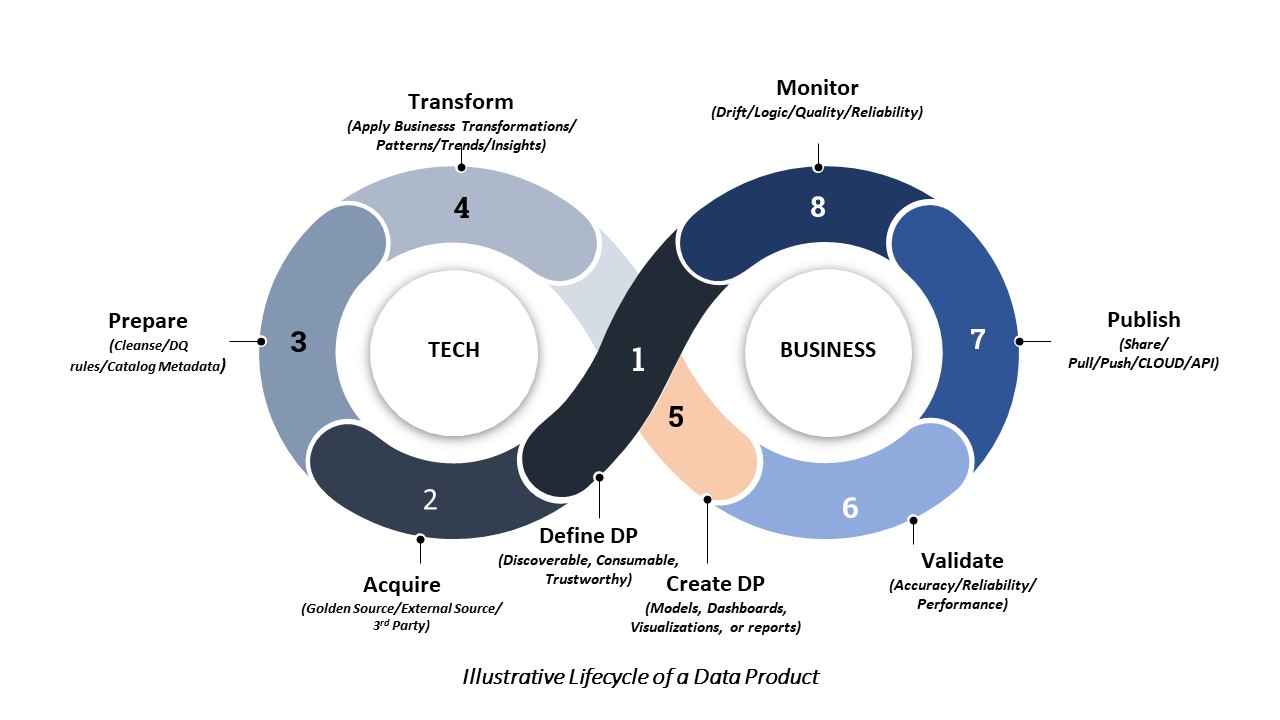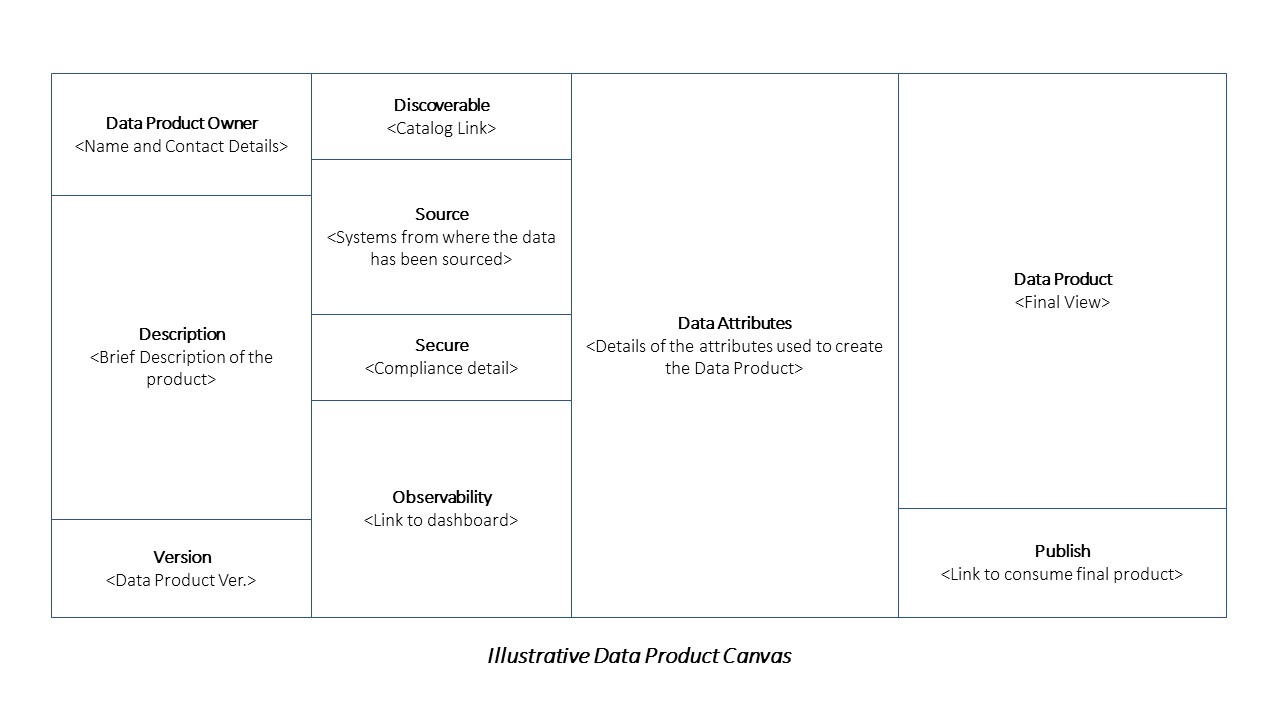Data Products – A paradigm shift or old wine in a new bottle
The buzz in the industry is all about Data Products. Originally a vital element of the Data Mesh framework, Data Products have taken on a life of their own. As often happens with new trends, definitions of what they are and what they aren’t vary widely.
To ensure clarity in interpretation and implementation, organizations need to establish a standard definition of what a Data Product is. Simplifying the definition will allow companies to capitalize on these products’ benefits.
So, what are Data Products? They’re products made from data, using various processing, transforming, and analyzing forms. They can include reports, dashboards, visualizations, and machine learning models and are designed to provide insights, analysis, and predictions to drive decision-making.
Data products are created by collecting and analyzing data, which can come from various sources, including internal databases, third-party sources, or user-generated content. The data is then processed and transformed into a product that can be used to answer specific questions, identify trends, or make predictions.
Implementing Data Products can increase data trust, leading to easier analytics and better decision-making across the organization. This expedites the ability to extract intelligence from data and implement actionable insights.
- What would be the typical lifecycle of a Data Product (DP)?

- Define the Data Product – The definition should clearly articulate the business problem it will solve. Also, specify where the product can be found and how to use it, and establish trustworthiness.
- Acquire the data required to create the product from all required sources – internal, external, third-party, etc.
- Prepare the acquired data by cleansing, applying required data quality rules, cataloging the metadata to enable discovery/governance, etc.
- Transform the data as per your business requirements. You can also analyze the data for patterns/trends/insights that can add value to the product.
- Create your Data Product – It can be a table, view, report, or ML Model that’s discoverable, consumable, trustworthy, and can solve a business problem.
- Validate your product and ensure it complies with the definition and requirements you set out in the first place.
- Publish your product through varied channels, focusing on ease of consumption.
- Monitor the data product lifecycle to ensure you retain the integrity and original intent of the product. If there is a drift in data, logic, or implementation, return to the drawing board and fix it as needed.
- Framework that can help represent the Data Product to stakeholders
The below canvas can help articulate the product you are building.

Establishing trust in data has long been a challenge – where did it come from, how reliable is the source, and has it changed since it was sourced? Data products can provide answers to these questions and help restore trust in data.
Despite past attempts to solve this problem, technology and our understanding of data continue to evolve at a rapid pace. There is now a greater appetite for change, and our tools and capabilities have greatly improved. This shift in mindset creates an opportunity to implement data products. However, it will require a cultural shift and sponsorship from top-level leadership to fully embrace this new paradigm.
By adopting an enterprise-wide composable architecture, data products can feed into something larger and create new possibilities. As technology continues to advance, we look forward to seeing how data products will make the data journey even more fulfilling for our customers. Join us on this exciting new journey!
More from Sachin Kamath
Program delivery has relied on having the right workforce—project managers, analysts, and…
While cloud has emerged as the de facto destination in nearly every digital transformation…
Data strategy is an essential component in the new world, and every organization has either…
Latest Blogs
A closer look at Kimi K2 Thinking, an open agentic model that pushes autonomy, security, and…
We live in an era where data drives every strategic shift, fuels every decision, and informs…
The Evolution of Third-Party Risk: When Trust Meets Technology Not long ago, third-party risk…
Today, media and entertainment are changing quickly. The combination of artificial intelligence,…




